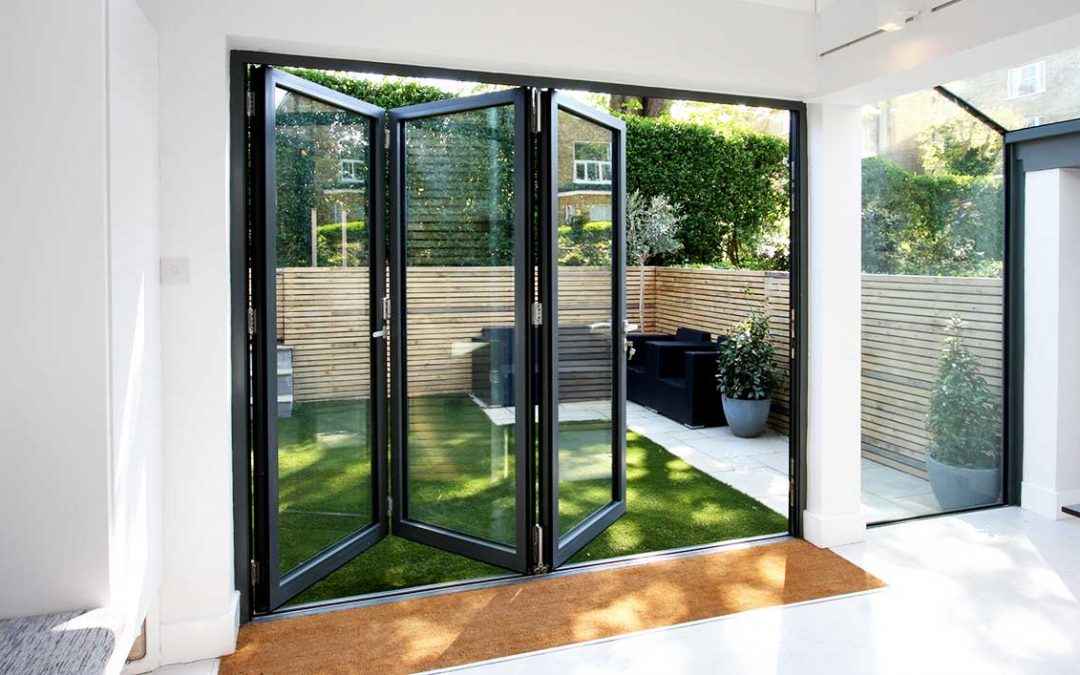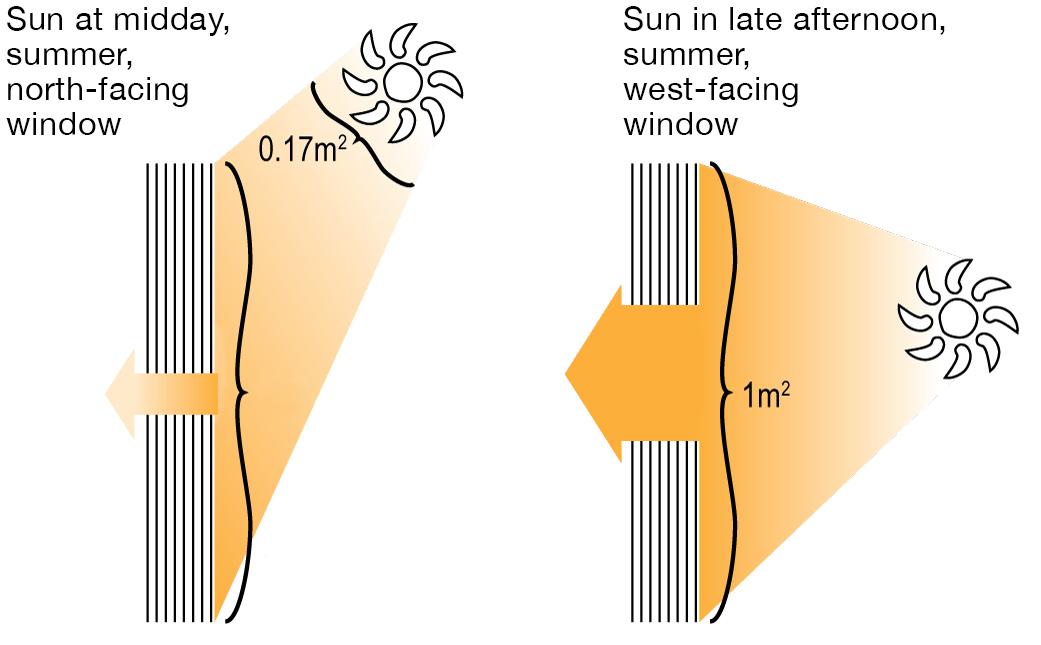All Categories
Featured
Table of Contents
Why Install Stunning Double Glazing Windows During Summer? in Canning Vale Perth
That window can transfer more solar heat in winter season than in summertime. A west-facing window on a summertime's afternoon has an angle of incidence from near 0 as much as 30 with a big reliable area of solar radiation. A north-facing window, in summer, has a high angle of incidence and a low efficient location of solar radiation, so can transmit less heat than a west-facing one.

You can rapidly and easily enhance the thermal efficiency of your house by replacing your windows. There are thousands of types of glass and frames to pick from.
The Surprising Benefits Of Double Glazing In The Summer ... in Morley Perth
There are numerous different types of glass items to select from. Single glazing utilizes a single pane of glass. Single glazing with clear glass is not extremely effective when it concerns heat loss or gain. To improve performance, you can use single glazing with a more energy-efficient kind of glass such as low emissivity (low-e) glass.
The energy efficiency of IGUs also depends on: the homes of each layer of glass. Different glass types (for example, clear and low-e glass) can be put together in an IGU.
Why Do You Need Double Glazing Windows In Summer? in Watermans Bay WA

IGU cavities can be filled with air or a more inert, low-conductivity gas such as argon the width of the cavity. Broader cavities offer lower (much better) U values, with 12mm usually accepted as the preferred space how well the cavity is sealed.
If argon is set up to the cavity in place of air, wetness is reliably excluded the level of desiccant (drying representative). The spacer (metal or polymer strip) that separates the glass layers consists of a desiccant to soak up any wetness. Inadequate desiccant might cause wetness to condense on the glass surface in cold conditions, minimizing thermal performance.
Home Window Glazing - Sustainability Victoria in West Swan Perth
In fact, IGUs can provide much better energy performance for all climates, specifically in heated and air-conditioned houses. Cross-section detail of single, double and triple-glazing systems Low emissivity glass (typically referred to as low-e glass) reduces heat transfer. Low-e glass might be either high or low transmission: High transmission low-e glass has a finish that enables daylight from the sun to pass into your home to accomplish great solar heat gain, however reduces the quantity of the long wavelength infrared heat that can escape back through the window.
Low-e glass has either a pyrolytic finishing or a vacuum-deposited thin movie metal finishing. Pyrolytic coatings are durable and can be used for any glazing; vacuum-deposited finishings are soft and are just used within IGUs. Low-e finishes can significantly enhance both U value and SHGC; however, they should be used correctly or they will either weaken or stop working to carry out as needed.
Double Glazed Windows In Melbourne in Mullaloo Western Australia
Low-e finishings can be used in mix with clear, toned or reflective glass. Low-e finishes on glazing can decrease heat transfer where required Photo: Department of Market, Science, Energy and Resources Toned glass has colouring additives consisted of throughout manufacture. It is offered in various colours, usually bronze, grey, blue and green.
Table of Contents
Latest Posts
Reasons Why Double Glazed Windows Are A Good Idea in North Fremantle Perth
Replacement Double Glazing - Upvc Windows in Kelmscott Perth
Reasons Why Double Glazed Windows Are A Good Idea in Wilson Western Australia
More
Latest Posts
Reasons Why Double Glazed Windows Are A Good Idea in North Fremantle Perth
Replacement Double Glazing - Upvc Windows in Kelmscott Perth
Reasons Why Double Glazed Windows Are A Good Idea in Wilson Western Australia